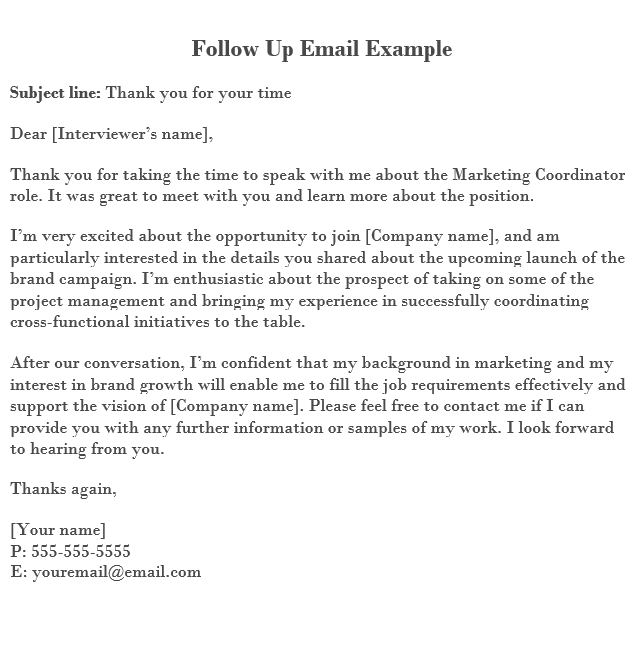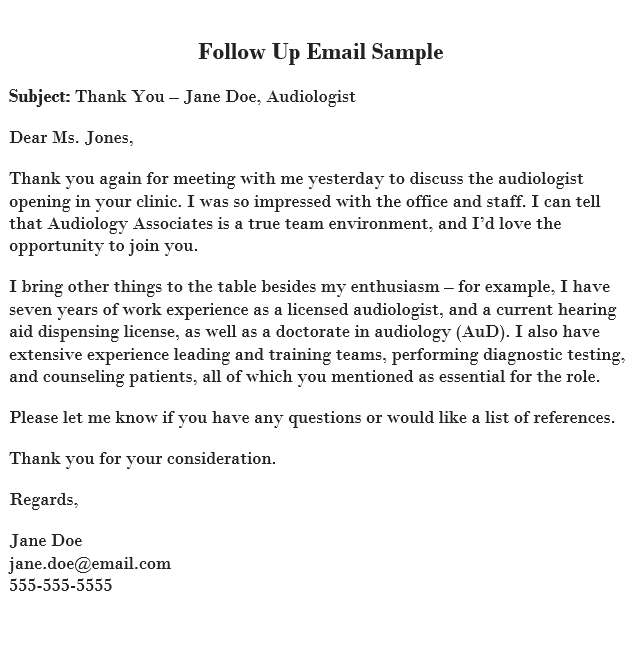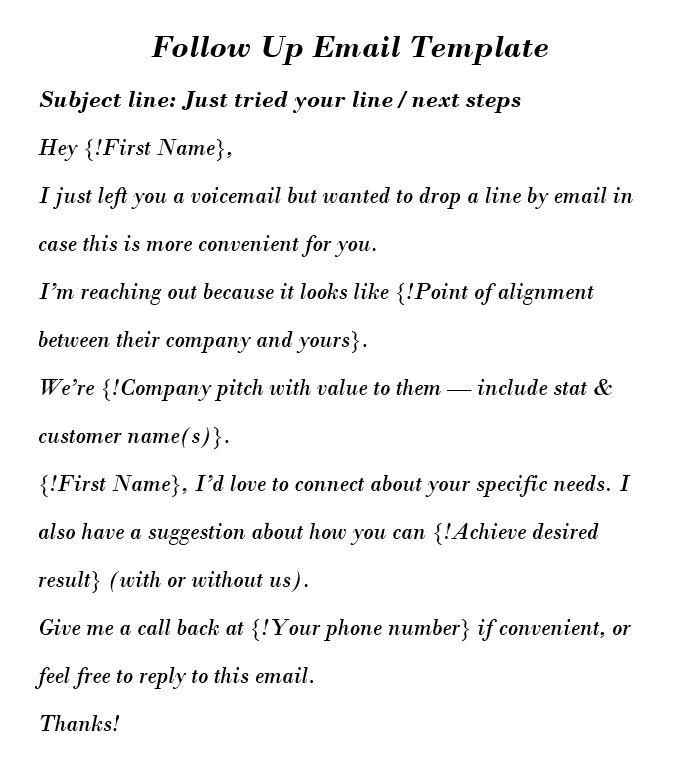Job Application Follow Up Email: How to Emphasize Your Value to Employers?
Follow-up email is a powerful tool, which most of applicants neglect, not even knowing what impact it may have on the future.
Remember the times, when you felt stressed and anxious about not hearing back from the hiring manager or the board? It happens quite often, because the company doesn’t always have enough time to reply every applicant.
That is why reminding about yourself is a great way to show how serious you are about the position and what qualities make you a good candidate. What if your job application was simply lost and the hiring manager didn’t have a way to contact you?
Don’t hesitate to write a follow-up email and show that you genuinely care about the position. This won’t do you harm and will greatly increase your chances of being hired.
How to Write a Follow up Email for a Job?
There are several types of follow-up emails depending on the goal you are willing to achieve. They include:
- Checking the status of your application. However, half of the hiring managers claim that they don’t like such letters, as they simply distract them and steal time, which could be spent on more applications;
- A ‘thank you’ email after the interview. This one aims to show that you are grateful for the time they spent on a meeting. Moreover, it is a great tool to remind your key strengths and include important data, which you forgot to mention;
- Checking in case you haven’t heard back.
The last one is quite rare; however it has proved its efficiency and should become one of the instruments if you want to become a real professional. This method includes the following stages:
- Wait until the indicated time has passed. If the hiring manager indicated two weeks, don’t sent a follow-up email earlier. Give enough time to process all of the applications;
- The subject line should be specific and direct. Remember, hiring managers deal with hundreds of applications, so it may be quite difficult for them to keep every resume in mind. You can indicate your surname and position title in the subject line;
- Address the email to the person you have contacted before;
- State the vacancy and remind that you are still interested in it. Remain brief and straight to the point but not forget to include the date of your interview, people you have contacted and the fact that you haven’t heard from them yet;
- Always include an enthusiastic closing. Once again confirm your contact information and say that you look forward to hear from them again;
- Editing and proofreading. Make sure your letter has no typos and mistakes, as well as poor sentences without any meaning. Even if you have a solid qualification, a weak email may greatly lower your chances of being hired;
- Ask your friends or family to read the email and make corrections if needed. Giving a side glance is always a good idea, as you may not notice even the most obvious mistakes in your own work;
- Relax and wait for the answer. Remember that it may take some time, so don’t worry if you don’t hear back from hiring managers for a while.
Follow Up Email Examples
Remember, your follow-up letter is not a list of your work experience and should be written in a simple and light language.
When to Send a Follow up Email?
One of the most popular questions is the time, when it is appropriate to send a follow-up email. Everything depends on the method you choose.
For example, if you want to find out the status of an application, it is better to wait three to five days. If you are writing to thank the hiring manager for an interview, there are no strict timeframes and you may write it as soon as possible.
However, if you want to remind about yourself and find out why you haven’t heard from the company after an interview, stick to vacancy’s requirements. Some have a time frame of two weeks, some – over a month. Send your follow-up email only after this date expires.
What to Do if you did not Receive Answer?
We are often asked ‘What to do if I didn’t receive an answer after the follow-up email?’
Unfortunately, sending a follow-up letter doesn’t mean that you will get the job or even that you will get a letter in return. Hiring managers are often busy with hundreds of applications and don’t have enough time or energy to deal with all of them.
The first and the most important thing you need to do in such a case is to remain calm and never feel stressed or depressed. Such experience is still good for your career and you need to move forward, as there are plenty of other opportunities that are waiting for you.
Even if you like the vacancy too much, you shouldn’t remind about yourself over and over again. This seems unprofessional and will only harm your reputation. However, a solid company will always find a way to notify you about your status not to keep you waiting.
Example Follow-Up Letter to a Job Application
Most of the people don’t know how to write a quality follow-up letter, so they either drop the idea or decide to write a low-quality email hoping that it will do. Unfortunately, this may only do them harm.
If you want some inspiration and ideas, it is better to use already made examples of follow-up emails. They greatly help in writing and are able to boost creativity in seconds. Below we are happy to offer you samples of such letters. With them you will surely succeed!



